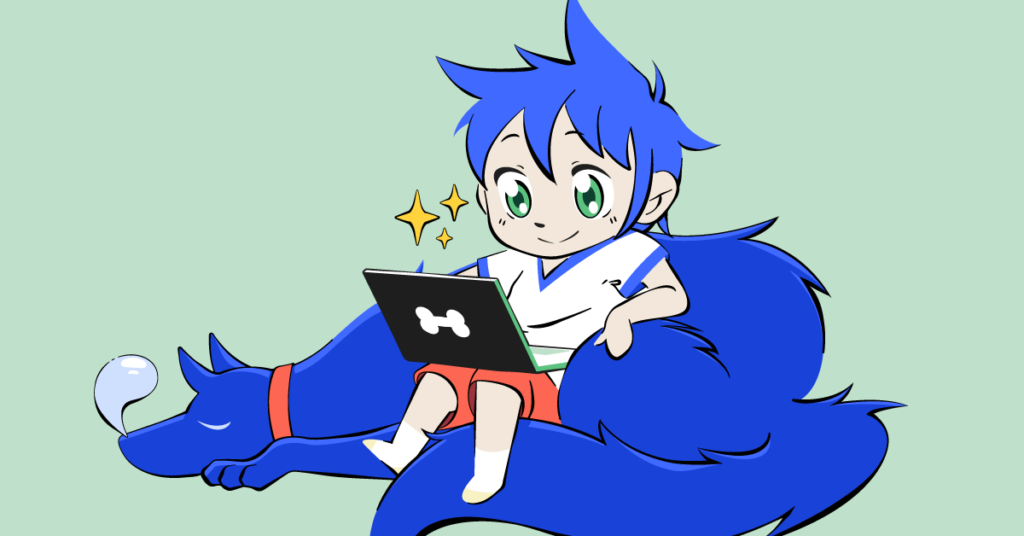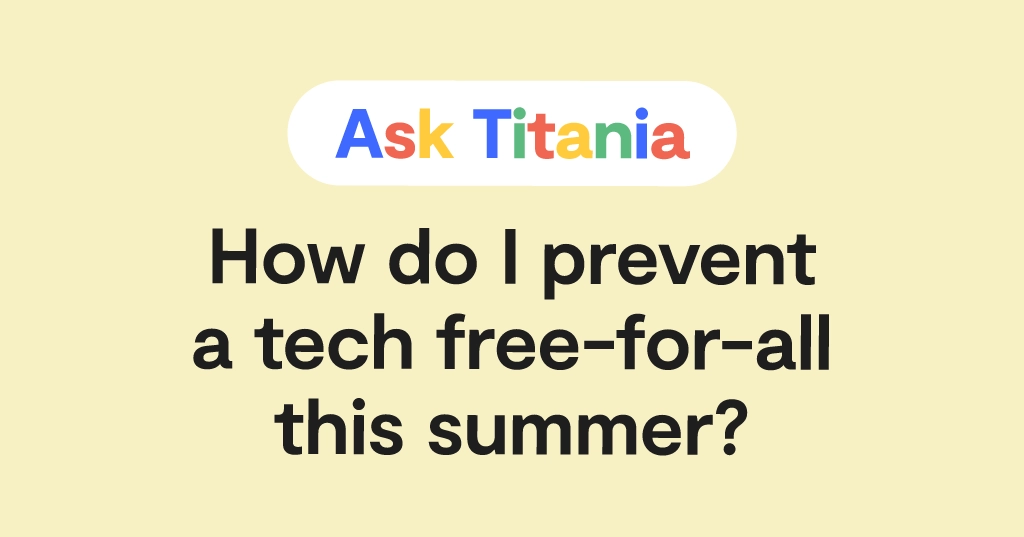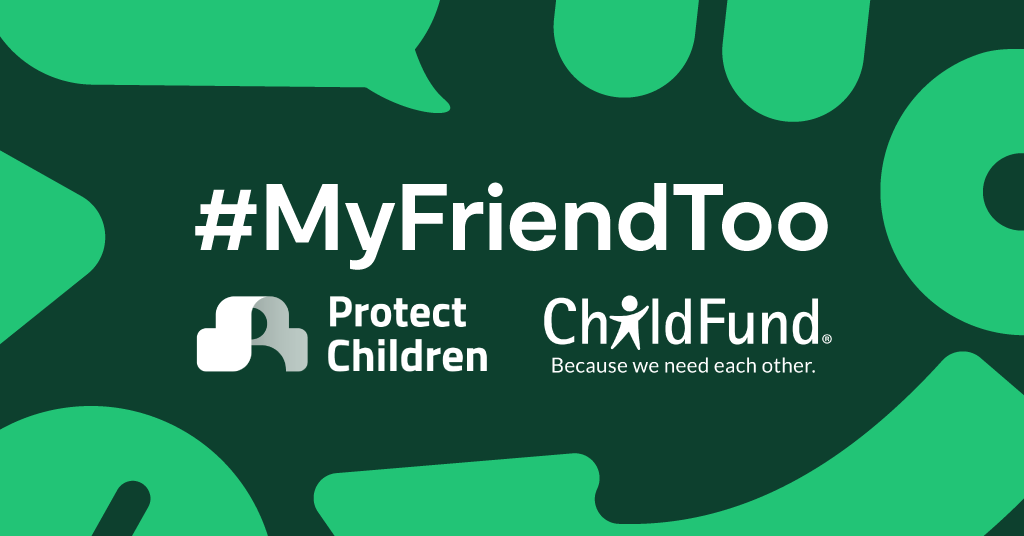
**This blog post was updated on March 29, 2024.**
If you’ve ever watched Sailor Moon or played Pokemon Go (remember when that app took over the world back in 2016?), you’ve seen anime. Anime is one of the world’s most popular types of entertainment, and while it’s not new, it’s been growing in popularity in America over the past 20 years. Kids especially are drawn to it (pun intended) and make up a large part of the fanbase. Because of this, anime culture now extends to television, movies, social media, fan fiction, memes, and so much more. So, just what is anime? In this post, we’ll explain its history, why kids love it, where they find it, potential dangers, and more.
What is Anime?
Anime refers to a specific style of cartoon produced or inspired by Japanese animation. Think of it this way: all anime shows are cartoons, but not all cartoons are anime. The art style associated with anime is very unique and recognizable. You’re probably familiar with the large eyes, wild hair, long arms and limbs, and more. This exaggerated design helps the characters more easily express emotions — of which there are plenty in anime.
Also adding to the emotional feel of anime are the technical animation tricks like dramatic closeups and zooms, intense lighting, and brilliant colors. But beyond its distinctive visual look, anime has endeared itself into the hearts of fans because of its complex characters and engaging plotlines.
Anime’s Popularity in America, Explained
Anime has been popular in Japan for more than a century, and its TV shows and movies are now exported all over the world. America has been enjoying anime as far back as the ‘60s with Speed Racer, a kid favorite at the time. In the ‘90s, the loveable Studio Ghibli had a string of mainstream movie hits. Spirited Away even won an Oscar for best foreign-language film at the 2001 Academy Awards.
Not long after that, a whole generation of kids grew up watching Pokemon and DragonBall Z, two kids’ shows that aired on TV all across the country. Today, kids can find anime instantly on Hulu, Netflix, Amazon Prime, and more, showing that interest in the genre shows no signs of waning.
Just Because It’s Animated Doesn’t Mean It’s for Kids
In America, animated shows are usually marketed toward and made for kids. Exceptions exist, of course, but generally speaking, adults gravitate more toward live-action entertainment. In Japan, though, animated shows are made for people of all ages, and it’s commonplace for people in their 40s, 50s, and beyond to have favorite anime characters and shows. But even though the content is animated, anime can have very adult themes, ranging from serious drama all the way to pornography.
The Dangers of Anime
This brings us to some of the dangers facing kids as they explore the world of anime. Because so many anime TV shows and movies are made for adults, the chances a kid could be exposed to very inappropriate content are high. This includes things like violence, crude language, nudity, drug use, and sexual content — basically anything they could see in a live-action R-rated movie.
As anime has become more mainstream, though, a quick Google search can reveal whether a certain TV show or movie is for kids or adults, which can help you set limits on what’s allowed. Fortunately, there’s absolutely no shortage of anime that is completely acceptable for kids to watch. Bark can also help you keep your kids safe from inappropriate content by blocking categories of content and specific websites.
How Do Kids Find Anime?
Anime can be found in nearly every corner of the internet — and that’s no exaggeration. It’s embedded itself into online culture like few other things have. From full-length movies and TV shows to hashtagged posts on social media, in fan fiction, and more, there’s all kinds of content out there. Here’s a quick list of how kids often find anime and anime-related material:
Netflix, Hulu, Amazon Prime
These popular household subscription services have tons of old and new anime content.
Crunchyroll
Crunchyroll is basically a Netflix just for anime. It’s free with ads, but there’s also a premium option.
Torrent sites
It’s illegal to torrent (or pirate) shows, but it still happens, especially when content isn’t available for streaming due to country restrictions.
YouTube
Here, kids can watch clips of their favorite shows and movies, fan-made videos, mashups, and more.
Tumblr
Tumblr is home to a ton of anime content, especially fan art and GIFs.
Popular subreddits where fans gather to talk about anime include r/anime, r/animemes (memes about anime), and countless others for particular shows and movies.
Fan art and memes are especially popular on this photo-sharing platform and can be found in a matter of seconds thanks to #anime, which has more than 190 million posts.
TikTok
Anime-themed TikToks are incredibly popular and are even used as viral sounds in non-anime videos.
Fanfiction sites
Anime fanfiction is wildly popular on sites like fanfiction.net and Wattpad.
Discord
Similar to messaging app Slack, Discord is home to many anime servers where fans gather to message and voice chat.
Spotify
On Spotify, kids listen to anime soundtracks and search for, create, and share playlists inspired by their favorite shows.
Another popular part of anime culture is going to conventions. These fan festivals and gatherings feature lots of costumes (known as cosplay), panels, performances, vendor halls, and more.
Is Anime Related to Manga?
Think of it this way: anime is to animated cartoons as manga is to comic books. Manga is essentially the paper (or ebook) version of anime, with similar drawing styles and themes.
Manga is incredibly popular in Japan and a part of its national culture. In fact, in this year’s opening ceremonies at the Olympics in Tokyo, manga even made an appearance! The placards introducing each country’s athletes were designed in manga’s traditional speech-bubble style. Like its counterpart, manga has spread in popularity in America.
How to Keep Your Kid Safe
A quick stroll through your neighborhood Barnes & Noble will reveal entire shelves dedicated to these graphic novels. Keep in mind, too, that the potential for exposure to potentially inappropriate content in manga is just as high as for anime.
If your child is expressing an interest in anime — or is already an anime aficionado — they’re not alone! Millions of kids all over the world love these shows and characters. If you feel a little lost because you don’t know anything about anime, now is the time to sit down with your kid and learn more about it. You already know the basics —thanks to this blog post — of what anime is and why it’s so popular.
The next step is to find out what your kid is passionate about, the characters they love, and what they spend their time watching. Discuss your family’s values about what’s acceptable to view and what’s not. Depending on your child’s age, you can set parental controls on streaming platforms like Netflix and Hulu to help protect them from seeing anything too mature. And as always, make sure they always know they can talk to you if they watch something that upsets them.
Read more
Bark helps families manage and protect their children’s digital lives.





